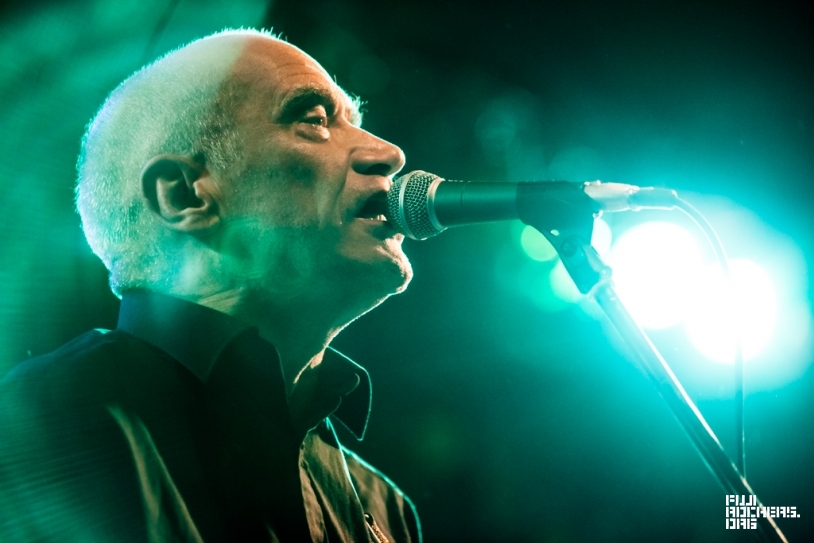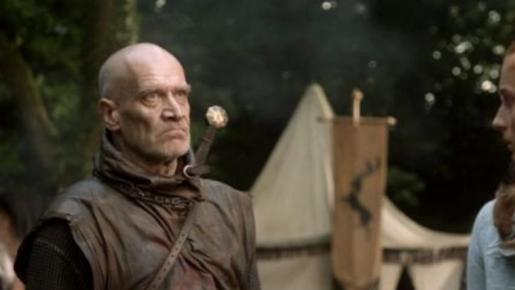

And on vocals? Well, that would be another old-schooler: Roger Daltrey, whom you may know from his years with another band of ruffians, The Who.ġ0 of the 11 songs on Going Back Home are fresh takes on Wilko-penned classics. Going Back Home finds the guitarist joined by longtime wingmen Norman Watt-Roy (bass) and Dylan Howe (drums), along with veteran keyboardist Mick Talbot and blues harpman Steve Weston. Johnson says the decision was an easy one: he declined any treatments, strapped on his Telecaster, and started playing as much rock ‘n’ roll as he had time for.īesides live shows (“We did our ‘farewell tour’,” says Wilko with a laugh “Now we just do tours.”), Johnson made the time to record a studio album. You could attempt to look his style up, but there’s no point – Wilko wrote the book.įast-forward to January of 2013: diagnosed with metastatic pancreatic cancer, Johnson was told he would be dead by October – with the possibility of extending things a bit if he wanted to undergo chemotherapy. Bare-handed and wielding his picking arm like a crazed lumberjack, Johnson proved that one man and a black Telecaster could construct a wall of roaring chords, somehow firing off wailing leads in the midst of it like a sniper atop his perch. Mad-eyed and unblinking, lurching/darting/back-and-forthing about the stage, Johnson introduced the world to his own brand of rhythm/lead guitar. Feelgood, his image has been as unique as his guitar playing.

album charts.īut the 66-year-old Johnson has never done things quite like anyone else.įrom the first moment Johnson caught the public’s eye back in the early 70s with the British pub rockers Dr. The simple fact of the matter is Wilko Johnson isn’t supposed to be with us at this point – let alone playing slam-banging, foot-stomping rock ‘n’ roll with a new album that debuted at the number three spot on the U.K.


 0 kommentar(er)
0 kommentar(er)
